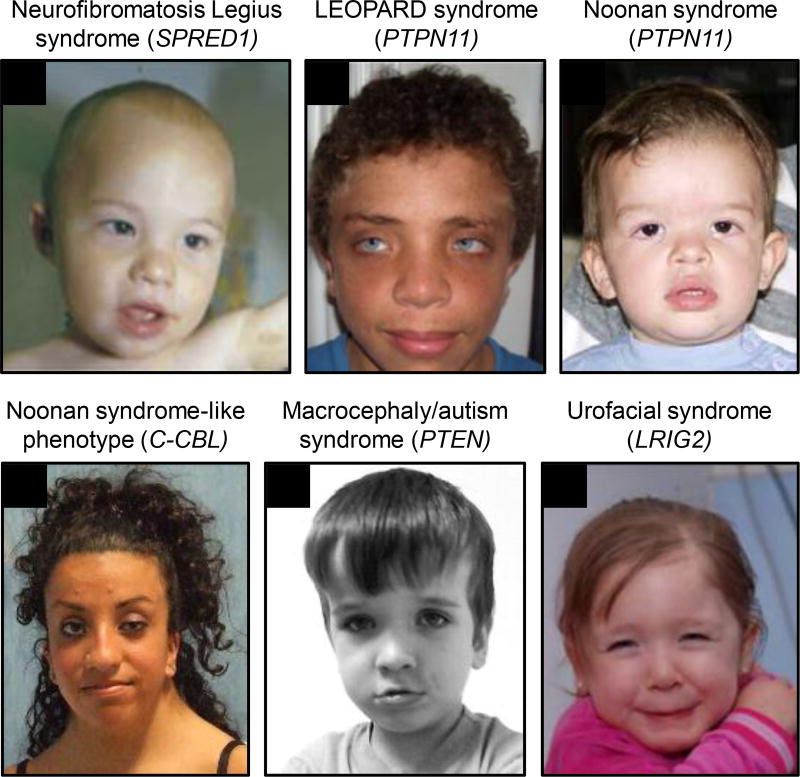Figure 5. Characteristic features of craniofacial disorders associated with regulators of RTK signaling.
(A) Mild hypertelorism, epicanthic folds, broad nasal tip, full lips and café-au-lait spot on the left upper arm of a child who has Neurofibromatosis Legius syndrome with a SPRED1 mutation (Brems et al., 2007). (B) Dysmorphic features including hypertelorism, downslanting palpebral fissures, epicanthus, coarse facial features, and large, thick, low-set ears of an adolescent boy who has LEOPARD syndrome with a PTPN11 mutation (Santoro et al., 2014). (C) Characteristic craniofacial features including hypertelorism with downslanting palpebral fissures, full or ptotic upper eyelids, and low-set, posteriorly rotated ears with a thickened helix of a young boy who has Noonan syndrome with a PTPN11 mutation (Allanson et al., 2010). (D) Distinctive facial features including hypertelorism, ptosis, downslanting palpebral fissures, epicanthal folds, and low-set, posteriorly rotated ears of a woman who has Noonan syndrome-like phenotype with a C-CBL mutation (Martinelli et al., 2010). (E) Bilateral plantar creases and a flat appearing mid-face with a prominent forehead of a boy who has Macrocephaly/autism syndrome with a PTEN mutation (Butler et al., 2005). (F) Inversion of facial expression when smiling in a young girl who has Urofacial syndrome with a LRIG2 mutation (Stuart et al., 2013). Reprinted or adapted with permission.

